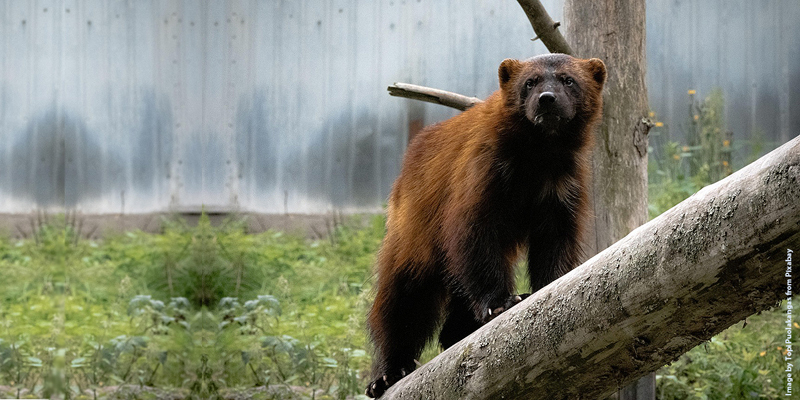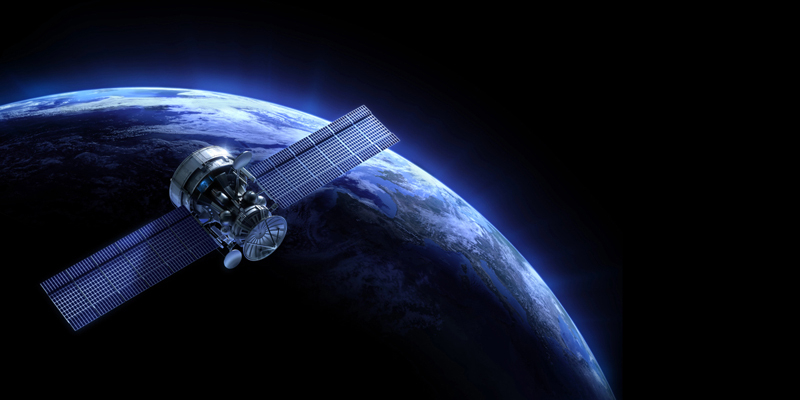GeoConnexion (GEO): The four-year TREASURE programme1 sets out to exploit different GNSS satellite systems with a view to providing an instantaneous, centimetre-level positioning service anywhere in the word. In this work, you are joining a consortium of universities, institutes and companies. What technical challenges are involved in delivering a ‘multi-GNSS’ receiver of the type envisioned under this programme?
Steve Hickling (SH): The general challenge is to find ways of exploiting and sharing the more modern signals utilised by the likes of Europe’s Galileo constellation with signals from other constellations such as GPS, GLONASS and Beidou. Much of this work will involve monitoring and integrating these satellite-derived signal structures. The academic side of the work focusses on mitigating the ionospheric scintillation effect caused by solar flares. These can cause signal power fades and fast phase variations in GNSS receivers, leading to a loss of lock on the satellite signals Another challenge is to reduce the refraction effect on satellite signals in the lower parts of Earth’s atmosphere - the troposphere and the stratosphere – and which can also degrade positional accuracy. There are around a dozen academic studies in all.
GEO: GNSS receivers that utilise signals from different satellite constellations are already on the market. How will this new multi-GNSS receiver differ?
SH: Agreed, adding several ranging sources into a receiver gives you an immediate benefit in terms of the geometry. TREASURE moves this to the next level by seeking to establish how we can benefit from the unique signal characteristics of the Galileo constellation (e.g., its Real Time Kinematic and Precise Point Positioning augmentation capabilities) to act as force multiplier in the next generation of GNSS receivers.
GEO: So how will Spirent be contributing to the programme?
SH: We will be working alongside an academic team, co-ordinated by the University of Nottingham, to test and measure a prototype that is being developed to overcome the challenges I mentioned. The instruments we will be using generate GNSS low frequency signals across a range of diurnal, temporal and environmental conditions. These will test atmospheric and ionospheric models being developed by team members at the University of Bath to see how closely they align to observations and how useful they are in predicting the performance of different satellite constellations under a variety of circumstances.
GEO: There has been much comment on recent failures of Galileo’s rubidium and hydrogen atomic clocks. What are your thoughts on this?
SH: Although the focus of our work is on reproducing satellite signals to test user segment equipment, we can also simulate overall system failures, including those that affect timing signals. I would argue that, in these particular instances, there was no overall system failure although the use of backups may have shortened the life of the affected satellites somewhat. It highlights the importance of asking questions and using test and simulation techniques at the outset to identify, evaluate and mitigate risks.
GEO: On a more general note, there is no question that accurate navigation and timing becomes ever more critical to an ever wider group of end users. A recently-published report2 warns that the loss of GNSS services to the UK economy alone through disruption or denial could amount to £1 billion a day. Any thoughts on this?
SH: Certainly, the use of GNSS services is far more ubiquitous than people imagine, not least in financial markets and where its microsecond timing function underpins global stock market transactions The impact of any loss of service is almost always greater than expected, and while the report makes some big assumptions on the scale of any disruption, the loss is likely to be substantial. Building resilience into these systems is, of course, one of Spirent’s principal tasks.
GEO: Are there any specific measures you can take to enhance that resilience?
SH: While many existing simulation and test solutions can help achieve this, our new GSS200D Interference Detector, developed in partnership with Nottingham Scientific is the ‘first’ to operate simultaneously on multiple frequencies. It has been specifically designed to capture interference data and, with its use, we are helping the civil aviation industry evaluate the growing threat of GNSS interference, jamming and spoofing.
GEO: How is this product used in practice?
SH: In a situation where an airport is experiencing natural or man-made interference – and a growing number are adopting GNSS-based instrument approach procedures – our Detectors sited on the airfield will constantly monitor the RF environment and immediately identify and classify a perceived threat. By capturing sufficient information, a ‘signature’ for a particular threat can be recreated later under laboratory conditions to test the vulnerability of receivers. As more detectors are deployed, and just as in Electronic Warfare, the growing body of threat signatures at our disposal is helping devise effective countermeasures
GEO: Will new test and measurements tools be needed to cope with the advent of GNSS-assisted services such as self-driving vehicles and drone deliveries?
SH: While most of the tools needed are already available, the type of testing to be performed and to what standard, regulation and certification has not so far received much prominence in the GNSS user segment. Patches of regulation and certification are being introduced and my guess is that, as we move more into the age of autonomous vehicles, there will be calls for more rigorous universal standards and oversight.
1 TREASURE - Training, REsearch and Applications network to Support the Ultimate Real time high accuracy EGNSS solution. This is an EU-funded project under the H2020-Marie SkÅodowska-Curie Innovative Training Network and will involve 13 Marie SkÅodowska-Curie Fellows who have been earmarked as high-flying candidates for future employment in the burgeoning GNSS industry or as specialist researchers. More at https://ec.europa.eu/programmes/horizon2020/
2. ‘The economic impact on the UK of a disruption to GNSS’. A report from London Economics for Innovate UK and published 16 June 2017. https://www.gov.uk/government/publications/the-economic-impact-on-the-uk-of-a-disruption-to-gnss
Subscribe to our newsletter
Stay updated on the latest technology, innovation product arrivals and exciting offers to your inbox.
Newsletter

